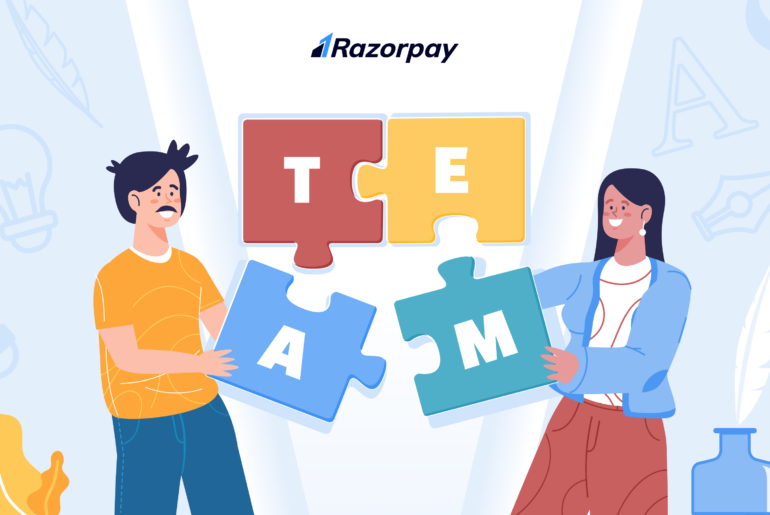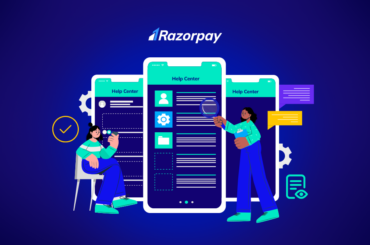We all aspire to create the best documentation for our products and offerings. Don’t we? But what’s the best way to go about it?
Start with hiring the best Technical Writers in the industry.
Your competitors and everyone else can get the best of tools, processes, and technologies. What they cannot replicate is your human resource pool.
It will be your Technical Writers who will be the prime differentiators in the game. Hence, it is essential to take utmost care and put in additional efforts to get the most talented lot onboard.
Hiring is never an easy job. Especially in the current scenario where there are a variety of roles and positions opening up across the globe and remote working becoming more acceptable by employers.
Potential candidates are spoilt with multiple choices. Hence, you need to offer them the best, which includes exciting work, a promising career, a great work environment, a competitive salary, and employee benefits.
The Tech Writer Profile
Getting the right talent is grueling for roles like Technical Writers; the skill sets are niche, and an ideal candidate is one who can wear multiple hats of a Product Manager, Tester, UX Expert, and End User. At times, a TW is required to write and test codes too!
The ideal candidate also largely depends on your current org and team structure, domain, product complexity, and expected deliverables types. If you are hiring for senior roles like Lead, Editor, or Manager, the Job Description becomes longer and more demanding.
Complex, right? Let’s break it down into smaller pieces.
Start with writing a good, exciting JD – Job Description. You want the attention of the smart ones, right?
Job Description and Job Profile
Your Job Description should be crisp and include all that the Technical Writer is expected to do in this role.
The Job Profile should indicate the qualification and skill sets required for the position.
- A well-written JD is beneficial for your Talent Acquisition Team, who can post the JD on the Job Portals like your company’s job portal, Glassdoor, LinkedIn, and others. You can also share it with various Technical Writing communities on LinkedIn, Facebook, and Twitter.
- While writing the JD, you get a clear picture of the ideal candidate for the position.
Before You Start Hiring
If you are building a tech writing team from scratch or expanding your team at a fast pace, you need to decide on several factors such as
- The team size
- The team composition
- The experience level
- The skill sets
- The work timings and work location
- And compensation
If you are forming your Tech Writing team for the first time, hire the Leads and Managers first. They are field experts and will help set up efficient processes, templates, and team structure and find the best tools. Getting a high-performing team begins with hiring an effective leader.
The team size
You need to decide on your team size before you start hiring.
- This depends on how much technical writing work is expected. One of the ways is to work with the Product Manager and Engineering teams to understand their road map and deduce the technical writing team size accordingly. Work with all the stakeholders you collaborate with on documentation projects to ensure all future requirements are considered.
- Check the budget and the head count your Business Unit has allocated to you.
Ensure you have all the approvals in place before you get, set, go!
The team composition
You should decide the hierarchy and structure of your team. Balance your team to have the right mix of junior and senior writers based on factors like the complexity of documentation, domain expertise requirements, and tools knowledge.
You should also plan for Leads, Managers, and Editors based on your team size. Not sure if you need an Editor for your team?
Related Read: What Is the Role of an Editor? Duties & Responsibilities
You must define the appropriate designations for the different technical writers’ levels. Technical Writers are called by several names in the industry – Technical Writers, Technical Communicators, Technical Authors, Instructional Designers, Content Writers, UX Writers, and Information Developers. Our recommendation is to use what is more widely accepted and used. Nobody wants to get hired into a role that is not well known and acknowledged in the industry.
The experience level
Based on the technical writer’s job role and profile, decide on the experience levels. Work with your organisation’s HR department to decide on the structure and hierarchy. For organisations working in a traditional format, a Senior Technical Writer may be hired with an experience of 10-12 years. While, in a small setup, a Technical Writer with 7-8 years of experience may be leading a team.
Based on your organisation’s structure and hiring guidelines, you should set up the levels in your team with appropriate job designations and required experience levels.
 The skill sets
The skill sets
Decide the skill sets based on the domain, complexity of the products, type of deliverables, and the seniority level of the role.
For example, if you are hiring for a Financial domain, you may want someone with a Commerce background or who worked in the same industry in the past. For documenting SDKs and APIs, candidates with technical knowledge are preferred. If your team also creates videos, you may want writers with video creation experience.
The work timings and work location
Today, most organisations offer flexible work timings unless specifically demanded by the job. If the tech writers need to work odd hours or in shifts, mention it in the JD explicitly. You should offer additional incentives for such job requirements.
With work-from-home, work-from-anywhere, and hybrid ways of working, be clear about the work location to ensure no hiccups or surprises occur during the final rounds!
And compensation
Is perhaps, the most important piece! Find the salary brackets in your organisation for similar roles and experience levels before you set the salary range. It is a good idea to check the various online job portals and hiring agencies to ensure that you offer a competitive salary to prospective candidates.
Set Your Hiring Process
You must set the hiring process so that the HR Coordinator and the candidate have clarity about the entire hiring journey before it starts.
Interview Rounds
Decide on how many rounds you want to include in the hiring process and set the question papers and questionnaire. Do not add too many rounds in the process. At the most, 3-4 rounds should be enough to evaluate a candidate.
Interview Panel
Set up your Interview Panel. The panel should be ready and well-prepared before they take up the interviews. The questions should be tailored based on the candidate’s experience and profile to get the best fit for the role.
Communication and Feedback
Communicate with the candidate at every interview stage about the schedule and what is expected. Start the interview by setting the guidelines and evaluation criteria before the interview.
It is an excellent practice to provide appropriate feedback and closure if a candidate does not clear a round. It leaves a good impression on the candidate about your organisation and creates a positive brand image.
Onboarding and Training
Building the right team does not end with getting the most suited candidates onboard. It is just the beginning 🙂
You should set up a comprehensive Onboarding and Training plan for your new team members to make them aware of the organisation, offerings, products, processes, and tools. Timely reviews and checks with regular 1-1 discussions with the Leads and Managers are essential to help them get groomed and flourish in their new roles.
We hope this blog helps provide a framework for building your dream team. Good Luck!





